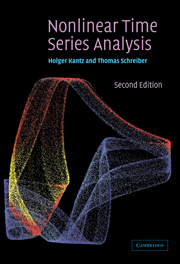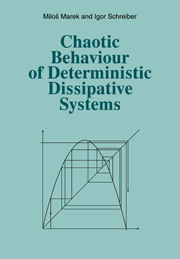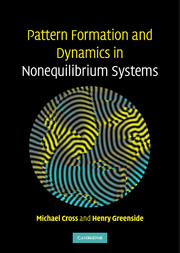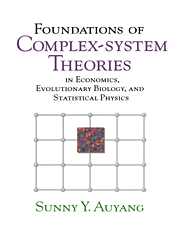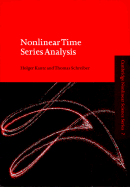Nonlinear Time Series Analysis
The paradigm of deterministic chaos has influenced thinking in many fields of science. Chaotic systems show rich and surprising mathematical structures. In the applied sciences, deterministic chaos provides a striking explanation for irregular behaviour and anomalies in systems which do not seem to be inherently stochastic. The most direct link between chaos theory and the real world is the analysis of time series from real systems in terms of nonlinear dynamics. Experimental technique and data analysis have seen such dramatic progress that, by now, most fundamental properties of nonlinear dynamical systems have been observed in the laboratory. Great efforts are being made to exploit ideas from chaos theory wherever the data displays more structure than can be captured by traditional methods. Problems of this kind are typical in biology and physiology but also in geophysics, economics, and many other sciences.
- Greatly updated edition of a book that sold more than 4000 copies and had terrific reviews
- Unique in its use of real-world examples
- Broad scope of applications across the sciences and social sciences
Reviews & endorsements
From reviews of the first edition: '… any serious physics institute should have such a book on its shelves. It will be of use to any experimental scientist dealing with nonlinear data or a theoretical physicist who desires a feeling of 'how one does it in an experiment'. The clear course of presentation should make it accessible to undergraduate students.' Daniel Wojcik, Pageoph
'This book will be of value to any graduate student or researcher who needs to be able to analyse time series data, especially in the fields of physics, chemistry, biology, geophysics, medicine, economics and the social sciences.' Mathematical Reviews
'… a very readable introduction to the concepts and clear descriptions of the techniques, as well as cautions, where appropriate, about potential pitfalls and misuses of the methods. … the book is a good reference to the current state of the art from the nonlinear dynamics community and is important reading for anyone faced with interpreting irregular time series.' Contemporary Physics
Product details
February 2004Paperback
9780521529020
388 pages
246 × 170 × 23 mm
0.66kg
118 b/w illus. 4 tables 43 exercises
Available
Table of Contents
- Preface
- Acknowledgements
- Part I. Basic Topics:
- 1. Introduction: why nonlinear methods?
- 2. Linear tools and general considerations
- 3. Phase space methods
- 4. Determinism and predictability
- 5. Instability: Lyapunov exponents
- 6. Self-similarity: dimensions
- 7. Using nonlinear methods when determinism is weak
- 8. Selected nonlinear phenomena
- Part II. Advanced Topics:
- 9. Advanced embedding methods
- 10. Chaotic data and noise
- 11. More about invariant quantities
- 12. Modelling and forecasting
- 13. Non-stationary signals
- 14. Coupling and synchronisation of nonlinear systems
- 15. Chaos control
- Appendix A: using the TISEAN programs
- Appendix B: description of the experimental data sets
- References
- Index.

